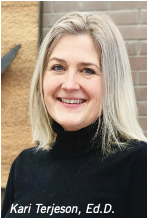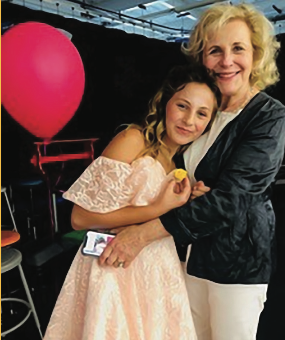Understanding Dyslexia
Sharon Bloome sees herself in the child left behind – the one who can’t read like her classmates and doesn’t understand why.
She was in her 30s before she learned the name for it: dyslexia, defined as “a general term for disorders that involve difficulty in learning to read or interpret words, letters, and other symbols, but that does not affect general intelligence.”
“I didn’t know why I’d lose space on the page or drop word endings. Reading out loud was embarrassing because I never knew when something wouldn’t come out right.”
Bloome learned how to come up with a word by making sense of context. Though she didn’t have the critical teaching expertise that can be available today, she did well in high school, achieving high honors and graduating at age 16. She ultimately went on to become vice president of a Fortune 500 company and founder of three national non-profit groups.
Bloome’s 12-year-old granddaughter also has dyslexia – but she was diagnosed early.
“Early diagnosis and good educational opportunities have made all the difference for her,” said Bloome.
Bloome’s personal experiences moved her to donate to Heritage to get its new Master of Inclusive Education program started.
“It’s help I would have benefited from,” said Bloome. “And it’s exciting to be able to make a difference.”
Kari Terjeson, chair of the university’s Teacher Preparation Program, understands the struggle and its impact from her own teaching experience and from her experience as a mother: All three of her children have dyslexia. It’s not only the children with dyslexia who experience frustration, she said. Parents and teachers do as well because they don’t know how to help them.
Terjeson said Bloome’s way of making it through reading is common for children with dyslexia.
“Up to third or fourth grade, a lot of their ability to read comes from memorizing words,” she said. “As reading requirements ramp up, their challenges come to light.”
Many people think of dyslexia as perceiving reversed letters, such as seeing “b” when the letter is “d.”
“It’s a neurological condition that’s more an inability to ‘hear’ individual sounds within words,” said Terjeson.
Like Bloome, Terjeson also knows from personal experience that children with dyslexia, when it’s identified early and the right help is there, can excel.
“They can achieve wonderful things,” said Terjeson. “Samantha and Allie (her daughters) are both teachers now.
“Early intervention followed by explicit instruction can have a powerful impact.”

